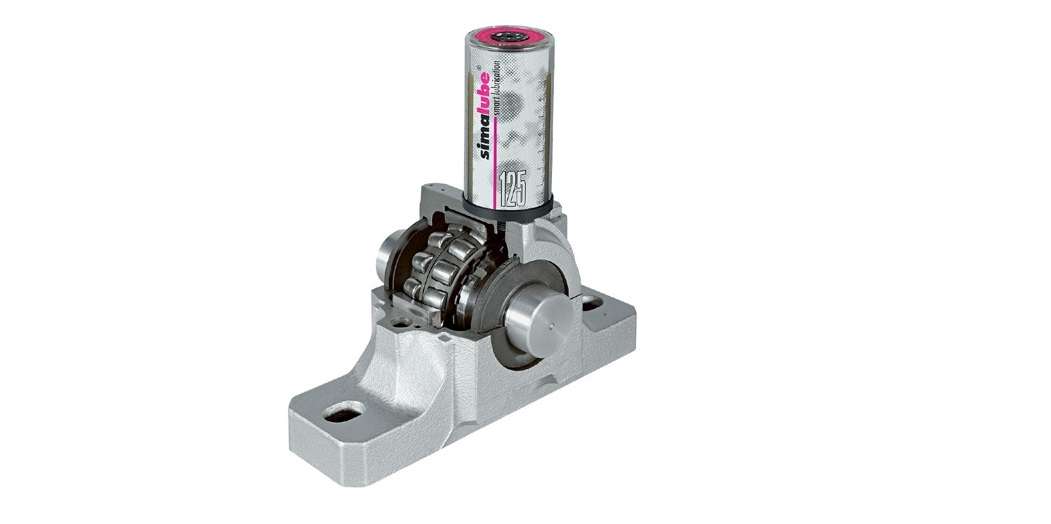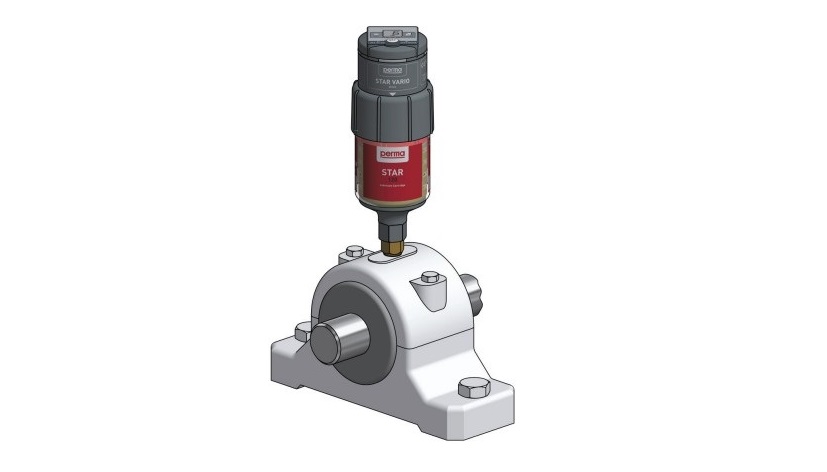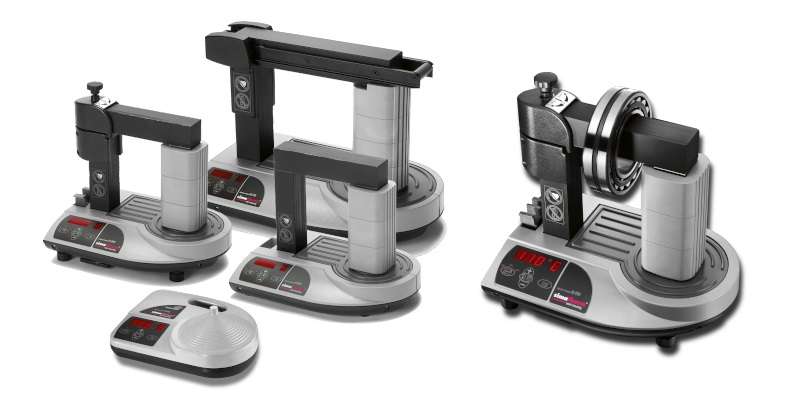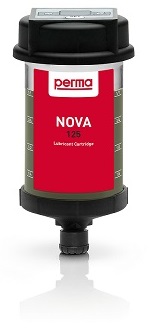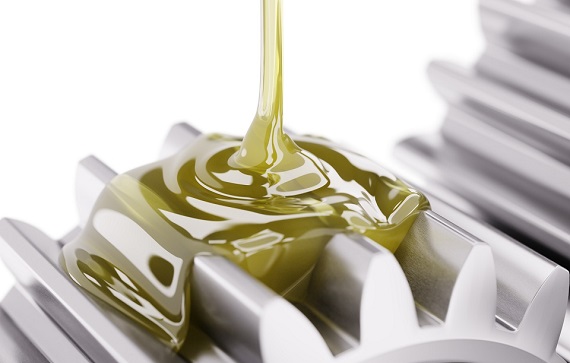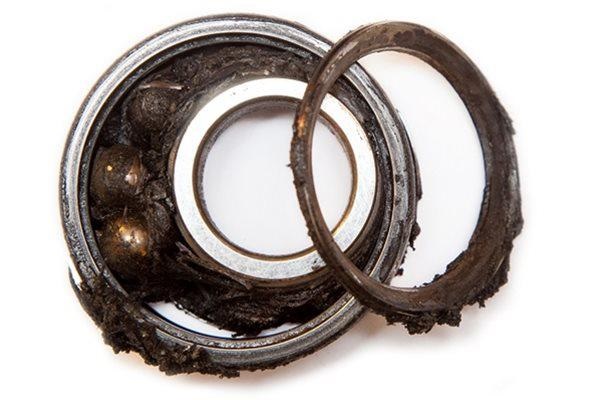Reasons for Bearing Failure and How to Prevent Them
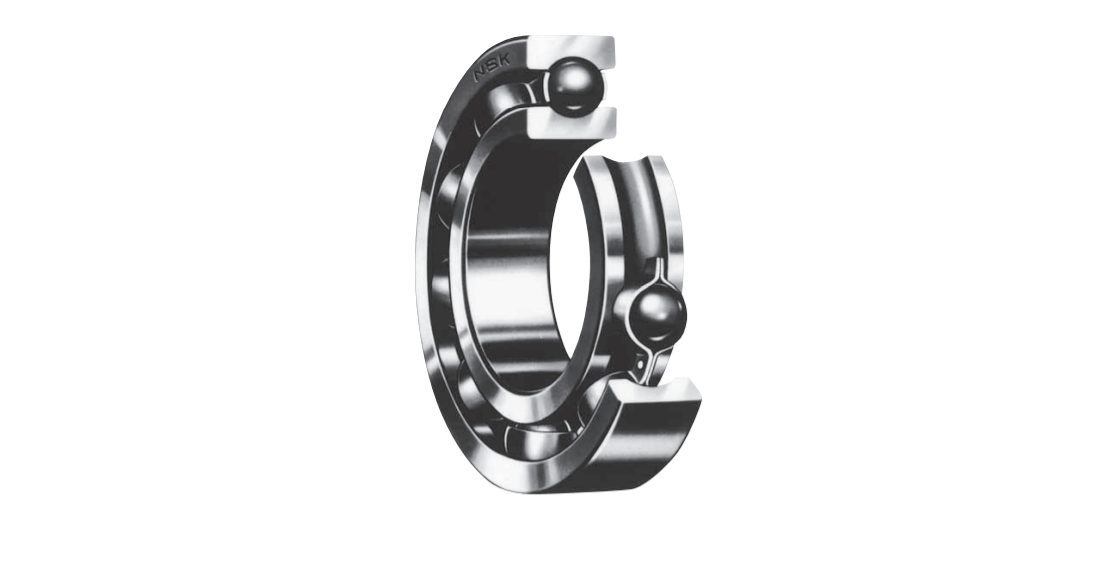
Image source https://www.nsk.com
If you're an engineering enthusiast, you should know about creating the first-ever wheel. The oldest wheel is about 6000 years old. That's roughly when the domesticating of the animals began. The first known bearing was traced back to 4500 years ago and was used by the Phoenicians in the rudder shafts of sailing ships. The material used to create the bearing was lignum vitae, which is natural wood. Fast forward about 6000 years to around 1500, Leonardo Da Vinci draws the design of a ball bearing for his helicopter. Jumping through time for another 297 years, Philip Vaughan, a British inventor, and ironmaster created the first ball bearing in 1794. His creation allowed machinery to operate more efficiently, thus giving the Industrial Revolution a considerable boost by solving the century-old problem of all rotating mechanisms.

Ball Bearing design by Leonardo Da Vinci (1500)
Bearings are the main component in various industrial tools and machinery. Even though bearings carry the manufacturing process's body weight and production load, they are often neglected until a bearing failure occurs. Bearing failure can occur for many different reasons. Although failure is inevitable, there are many ways to prolong the life of bearings and prevent early breakdowns. According to a study, less than 10% of bearings reach their design lifetime. The most common reasons for bearing failure are:
Lubrication
Proper bearing lubrication will eliminate grease degradation and allow maximum bearing life to be achieved. Bearings must be installed without causing them any damage. Proper bearing maintenance will ensure a long life for the bearing and its mechanism. Different operating conditions require other lubricants, relubrication intervals, and change intervals. That is why the right amount of a suitable lubricant is essential at the right time and using the correct method of the appliance. To implement proper lubrication, lubricant conditions should be monitored and assessed periodically. Here are general guidelines for lubrication-related inspection activities:
-
Make sure you have chosen the specified lubricant.
-
Check the lubricant level in sumps and reservoirs, and refill as necessary.
-
Check for lubricant leaks in the areas surrounding the bearing positions.
-
Check that automatic lubricating systems are functioning correctly to provide the appropriate amount of lubricant to the bearings.
-
Keep protective collars and labyrinth seals filled with grease for maximum protection.
-
Where oil lubrication is used, change oil according to schedule.
-
Where manual grease lubrication is applied, relubricate according to schedule.
Improper Installation
Mounting is one of the most important factors for bearing proper operation. Eventually, all bearings fail due to wear. However, excessive load, vibration, or force can cause a bearing to wear out much sooner. Most of this excess force is caused by improper installation. The bearing should be mounted with a press fit on the rotating ring in most cases.
Contamination
Contamination is caused when dirt, dust, grit, and small steel fragments enter the bearing lubricants. The primary sources of contamination are dirty tools/hands and contaminated workspaces/lubricants. Microcracks and dents occur to the rolling elements and raceways, resulting in vibrations and bearing wear.
Keeping a clean workspace, hands, and tools and filtering the lubricant can reduce the risk of contamination and failure.
Brinelling
There are two types of brinelling that can occur and cause the failure of bearings:
False Brinelling: False brinelling occurs in a non-rotating state because of the vibrations acting on the bearing when new equipment is inattentively transported. The signs of false brinelling are depression and wear marks in the bearing raceway along the axial direction.
To prevent false brinelling, it is recommended to eliminate external vibrations and ensure that the shaft is correctly packaged during shipment.
True Brinelling: Brinelling occurs because loads exceed the elastic limit of the ring material and can cause bearing vibrations and, in severe cases, can lead to premature fatigue failure.
To avoid this type of brinelling, carefully handle and install the bearing.
Corrosion
Corrosion is caused by corrosive fluids/gases and clean-down solutions such as oxidizers. Built-up debris from corrosion causes an increase in vibrations, leading to the loss of preload. Corrosion is easily spotted on the bearing as red/brown color starts to appear on the rolling elements, races, or cages.
To avoid corrosion, divert the corrosive fluids away from the bearing areas and use external and integral sealed bearings. Also, using stainless steel bearings can reduce corrosion.
Knowing the common causes of bearing failures and how to avoid them is a big step toward limiting your equipment failures. Proper installation, regular inspections, and lubrication of the bearings will help to prolong your bearing life and avoid downtime when you least expected it.
Check out also our article Electric Motor Bearing Types and Characteristics.
Feel free to Contact Us if you have any questions, need more information or if you are interested in purchasing a bearing.
HVH Industrial Solutions offers bearings from the following manufacturers: Sheerer, Koyo, NSK, FYH, RBI Bearing, Link-Belt, Nachi, FAG, NTN, P.T. International, Winkel GmbH, and Eich Rollenlager.
We work closely with the engineering teams of the above companies to provide superior customer service and engineering support.

